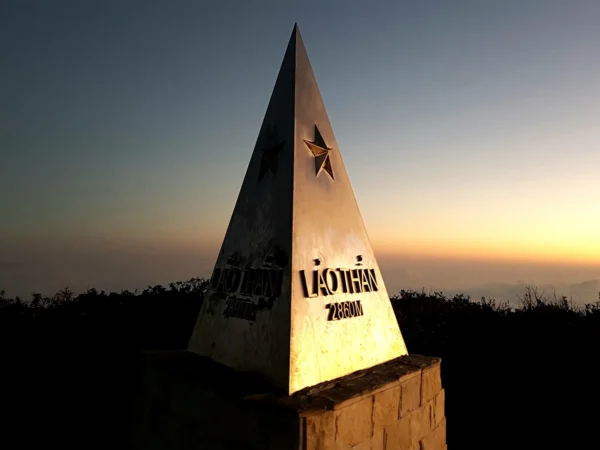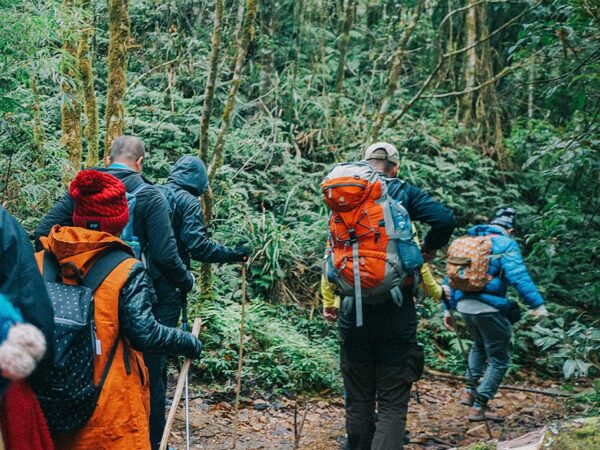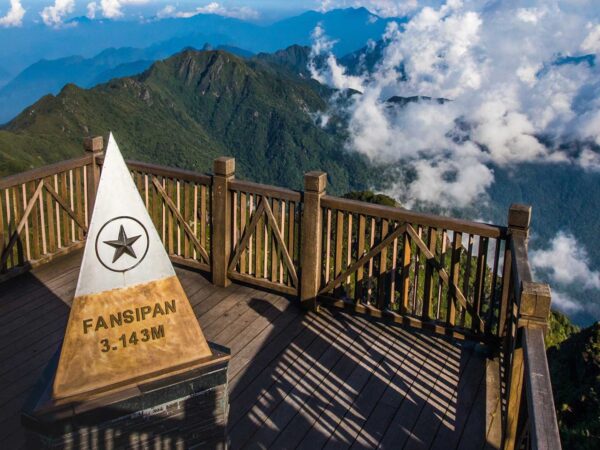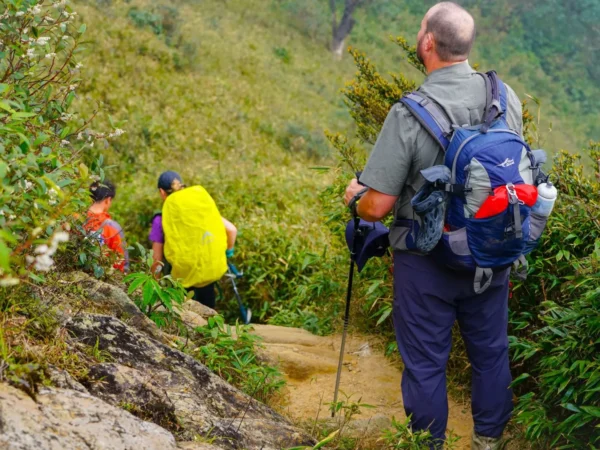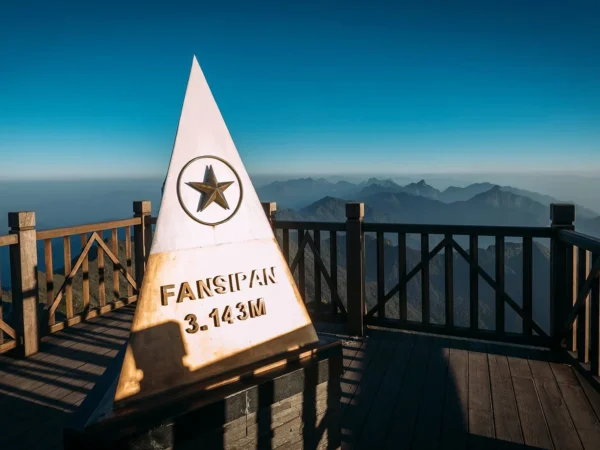Is Fansipan Hard to Climb? Prepare for an Adventurous Journey
Amidst the verdant landscapes of Vietnam lies Fansipan, beckoning adventurers with its majestic allure. Yet, beneath its beauty lies a question: “Is Fansipan hard to climb?” This question, whispered between hikers and trekkers, hints at the arduous path ahead. Join us as we explore the answer to this compelling question!
Overview of Fansipan Mountain
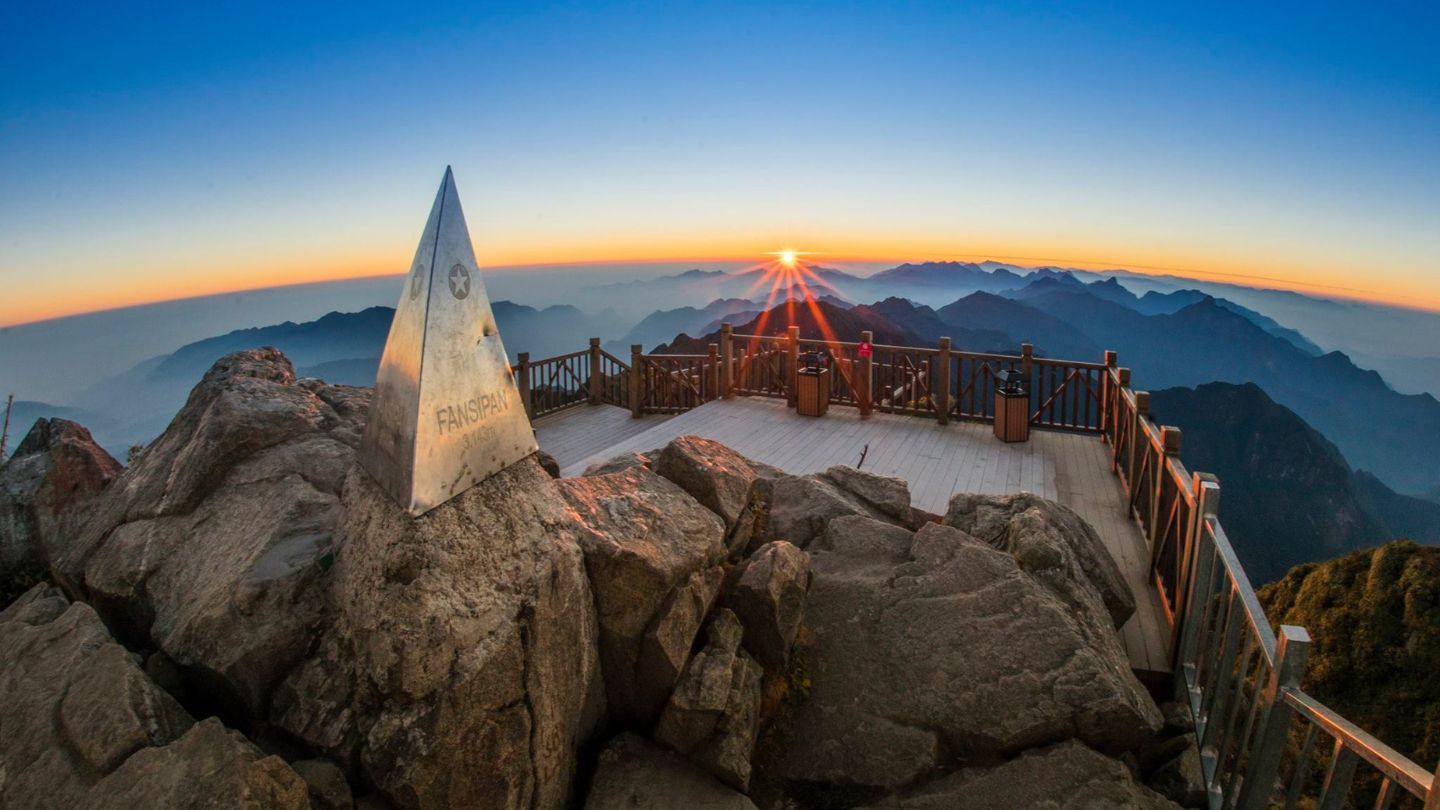
Nestled within the picturesque Hoang Lien Son Mountain Range, just a scenic 9 kilometers southwest of Sapa Town in Lao Cai Province, Northwestern Vietnam, stands the majestic Fansipan Mountain. Towering proudly at 3,143 meters above sea level, it reigns as the loftiest peak in Vietnam and Indochina.
With temperatures dropping to freezing at its summit, winter adventurers can expect averages of 4 – 6 degrees Celsius, while summer offers a more temperate 15 – 20 degrees Celsius. Fansipan’s allure extends beyond its height, boasting a vibrant ecosystem teeming with rare flora and fauna unique to this breathtaking region.
When is the ideal time to hike Mount Fansipan?
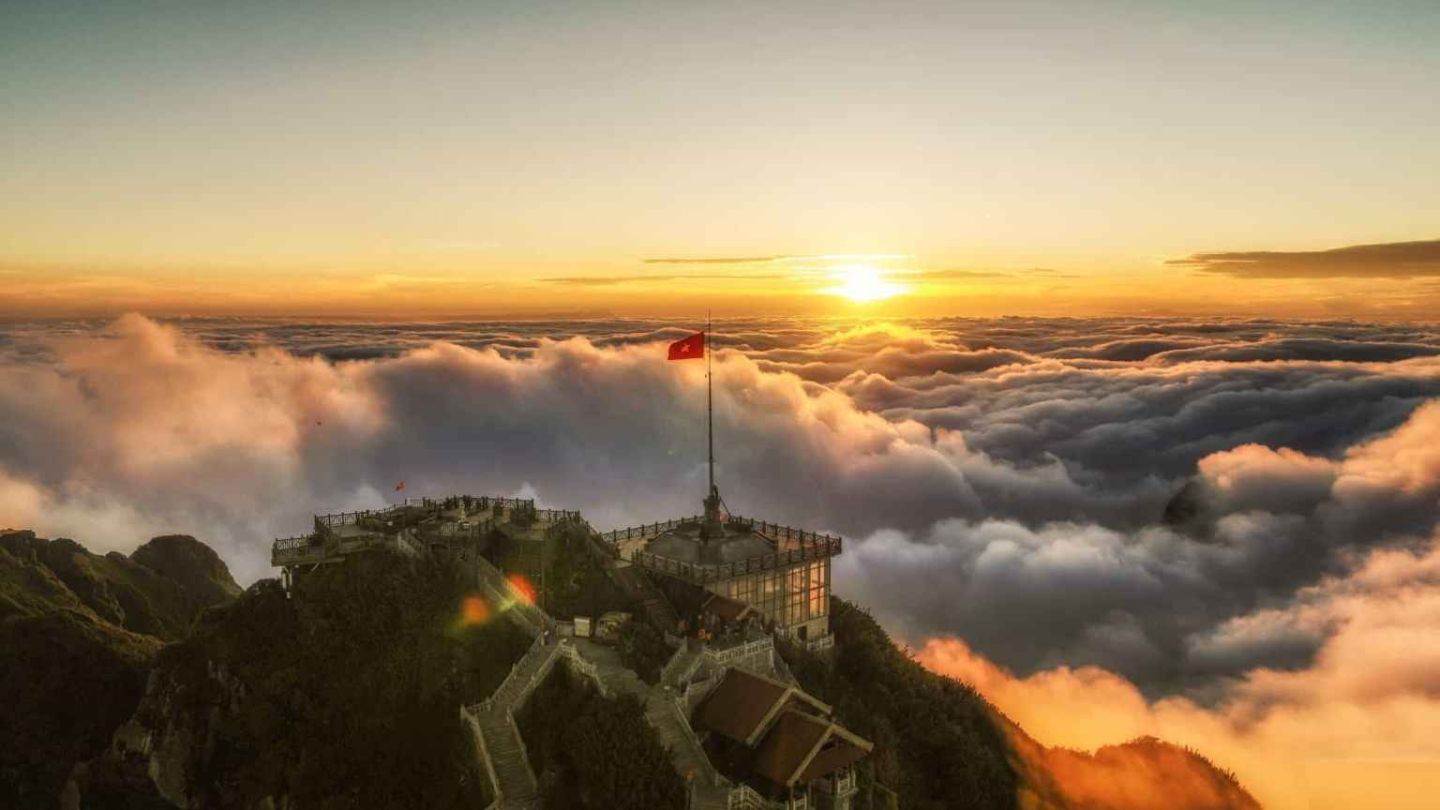
Is Fansipan hard to climb? The answer varies from person to person. So, what is the best time to visit Fansipan? The optimal times for tackling Fansipan Mountain are typically from mid-September to mid-December, and from mid-March to mid-May. During these periods, the climate tends to be pleasant and dry, offering hikers clear skies and excellent visibility. Trails are also usually less treacherous, minimizing the risk of slips and falls.
However, it’s essential to acknowledge the unpredictable nature of Fansipan’s weather, which can swiftly change. Before embarking on your adventure, always check the forecast and prepare for sudden shifts in conditions. Additionally, remember that tourism in Sapa peaks from June to August, leading to larger crowds and inflated prices for accommodations and transportation during these months.
Check our tour for an unforgettable adventure, offering expert guides, stunning landscapes, and unique experiences tailored to make your journey unforgettable and stress-free.
Should I Trek Independently or Buy a Tour?
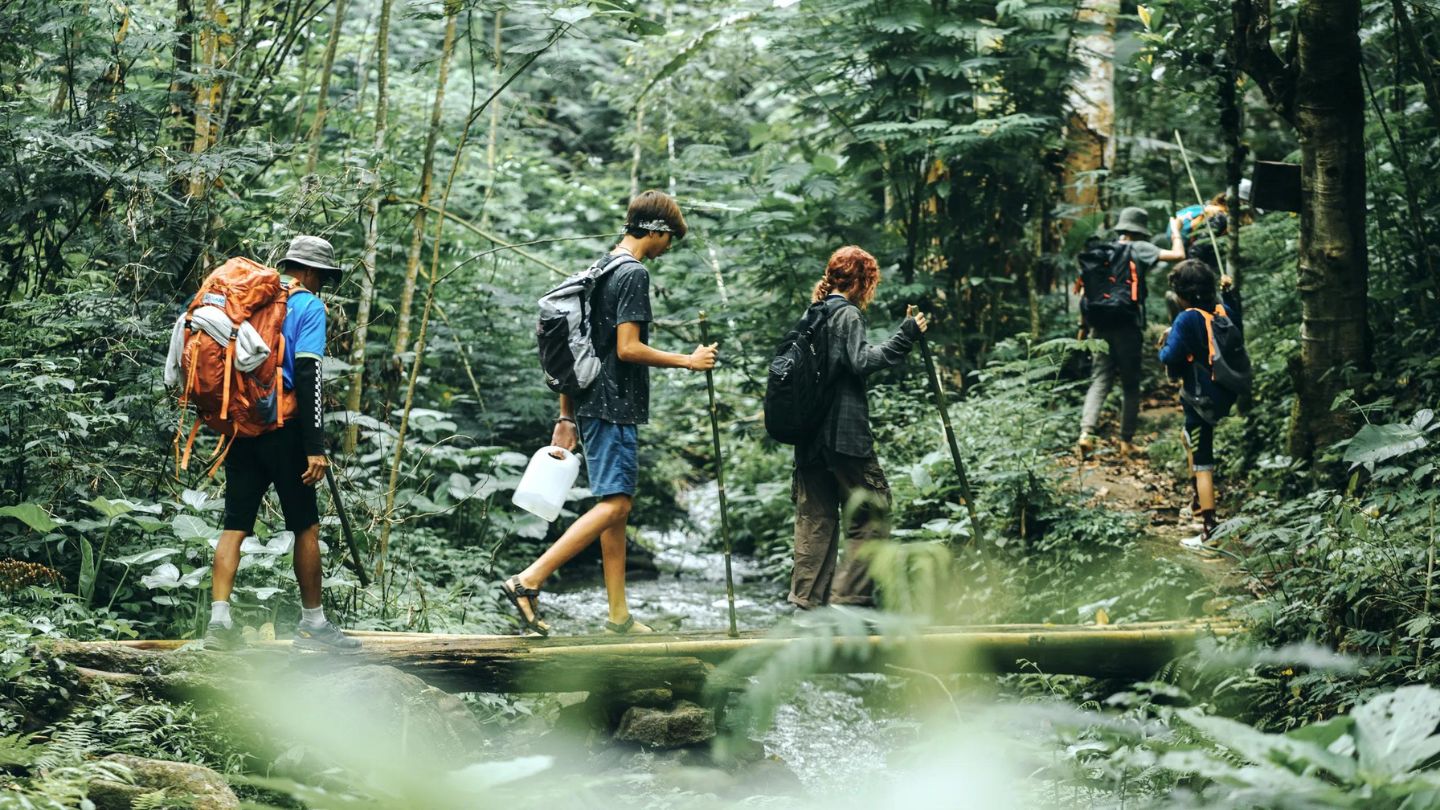
You’ve got two great options: you can tackle it on your own or opt for a guided tour. If you’re new to trekking or don’t have much experience, going with a tour is the way to go. It’s usually not much more expensive, and the tour guides handle everything – from scheduling to ensuring your safety, which is super important. They’ll also take care of accommodations and more. Just be sure to research and pick a reputable agency.
If you’re an experienced trekker looking for some independence, you can still hike Fansipan, but you’ll need to register through an authorized tour operator due to past accidents with solo trekkers. This allows you the freedom to explore while ensuring your safety.
Mount Fansipan Hike Difficulty and Climbing Routes
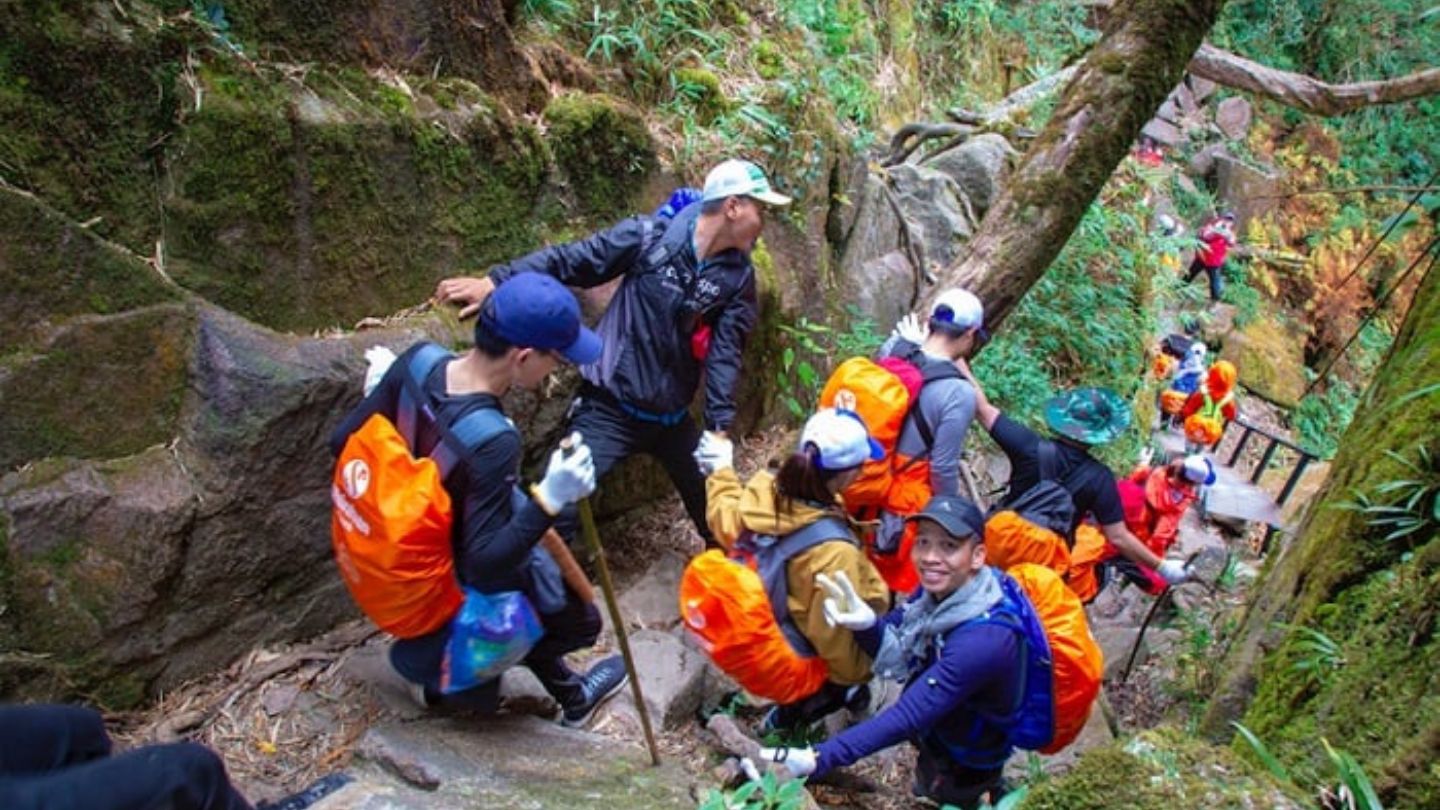
Climbing Fansipan is a thrilling adventure, but getting there takes some planning. The mountain has various routes, each with different levels of difficulty, so it’s important to prepare well since the climb can be challenging and physically demanding. The most popular path is the southeast face, which offers options for both beginners and intermediate climbers. Beginners can manage this route with the help of a knowledgeable guide, while intermediate climbers will handle tougher sections like rock scrambling and steep ascents, but it’s still manageable.
Is Trekking Fansipan Dangerous?
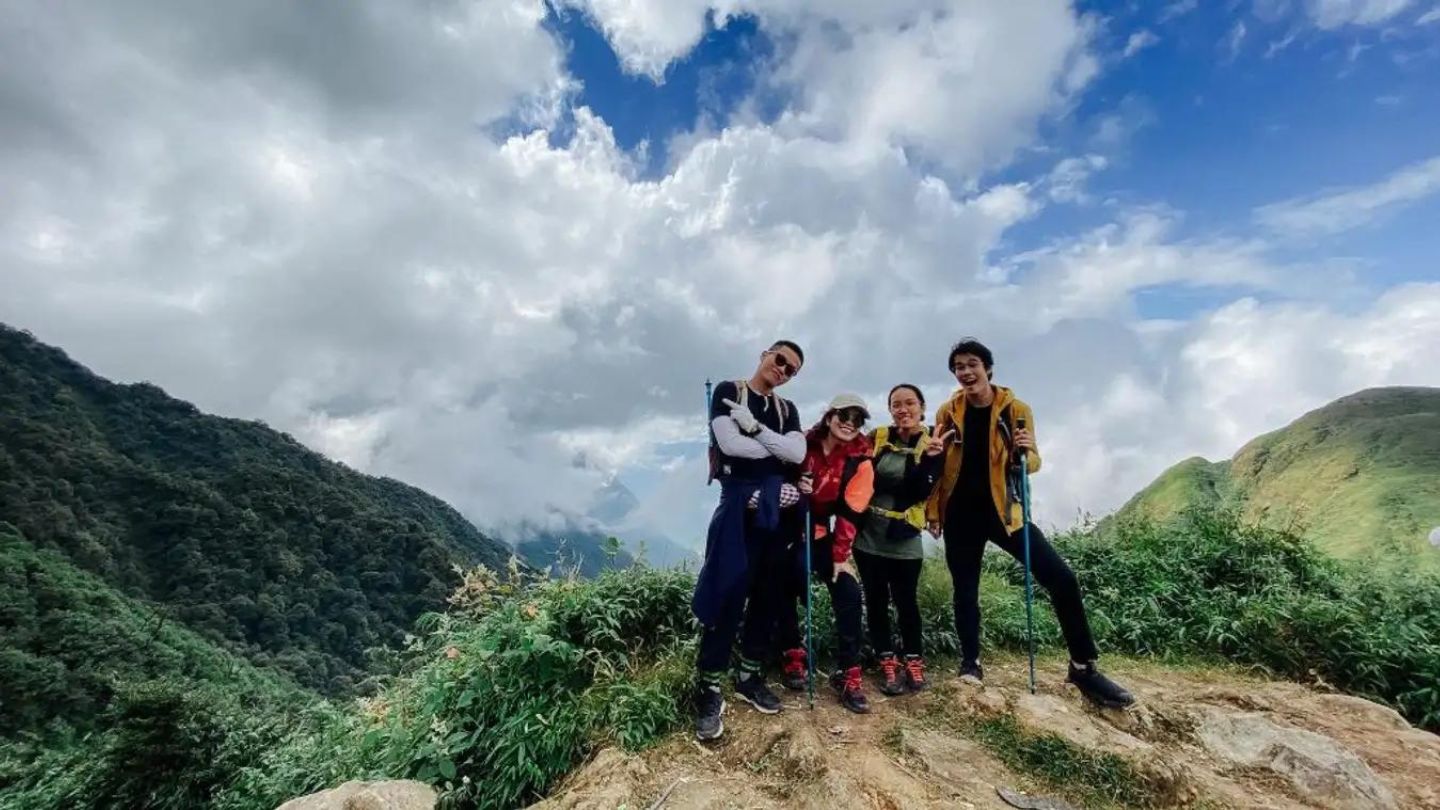
Trekking Fansipan is quite the challenge, requiring solid physical preparation, the right equipment, and some experience. The trail is almost vertical, with many steep and difficult sections that test even seasoned climbers.
The weather in the mountains can be unpredictable, often bringing sudden fog, cold rain, and low temperatures. These conditions make the already steep and bumpy paths slippery and treacherous. Good health and flexibility are essential for navigating these tough terrains. Without proper care, there’s a risk of losing your footing, leading to accidents or injuries. However, with careful preparation and guidance from local experts, reaching the peak of Fansipan can be a safer and incredibly rewarding adventure.
How to reach Mount Fansipan Sapa?
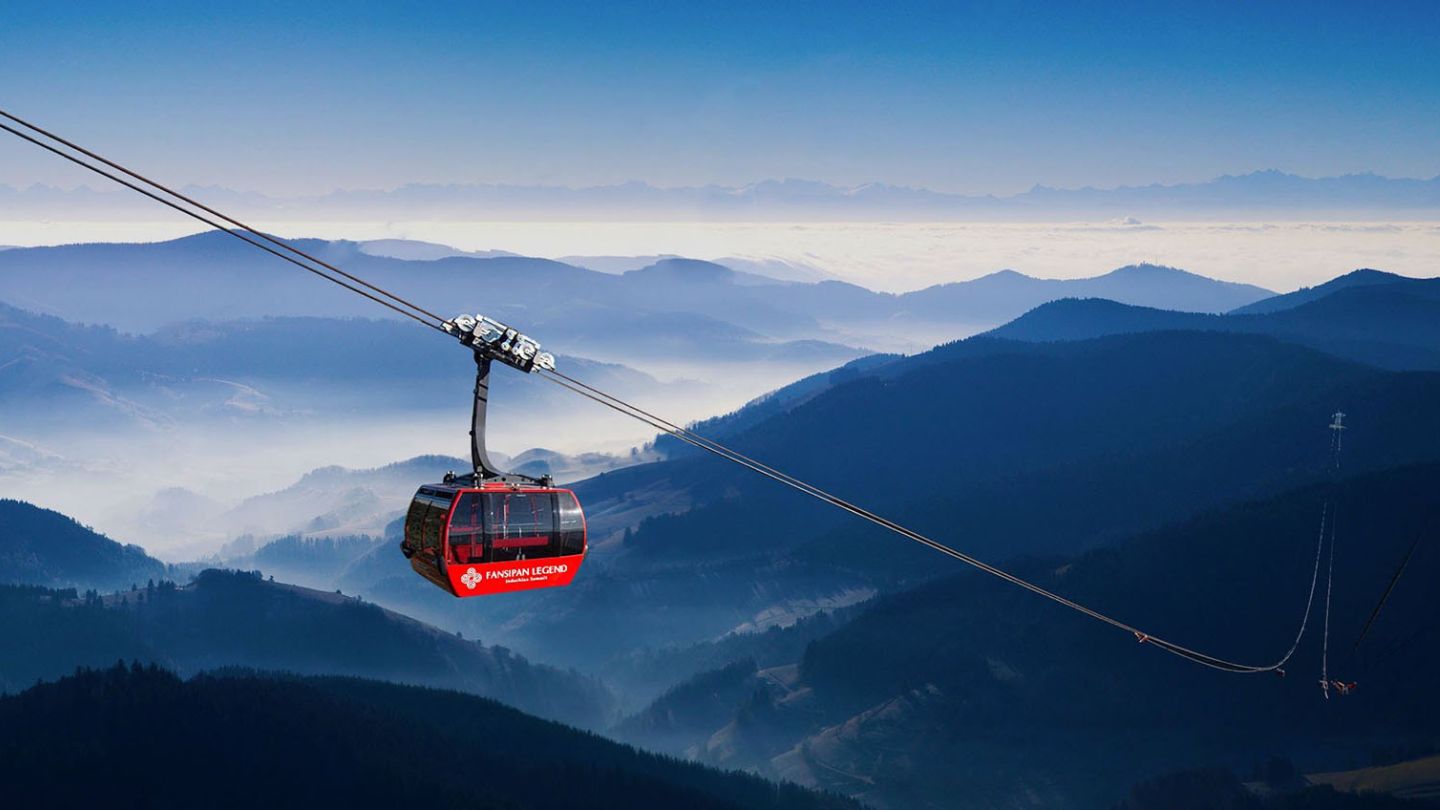
Fansipan Sapa offers 2 accessible routes to its summit: enjoy a scenic ride on the Fansipan cable car or embark on an adventurous hike to explore Fansipan Mountain.
- By hiking: While the cable car service has made hiking to Fansipan Sapa Summit less popular, it still holds allure for adventure enthusiasts and climbers. To tackle the ascent, proper gear, and physical readiness are crucial. The journey, lasting 2 to 3 days, offers challenging paths but rewards with breathtaking vistas throughout the journey
- By cable car: The Fansipan Mountain cable car tour offers many visitors a convenient and safe option. Thanks to this system, almost all tourists can easily reach the summit and take in the breathtaking scenery. Departing from Muong Hoa Valley, the cable car journey to the peak of Fansipan Mountain takes just 15 minutes, providing stunning views of the surrounding landscapes.
Recommended hiking paths in Fansipan Mountain
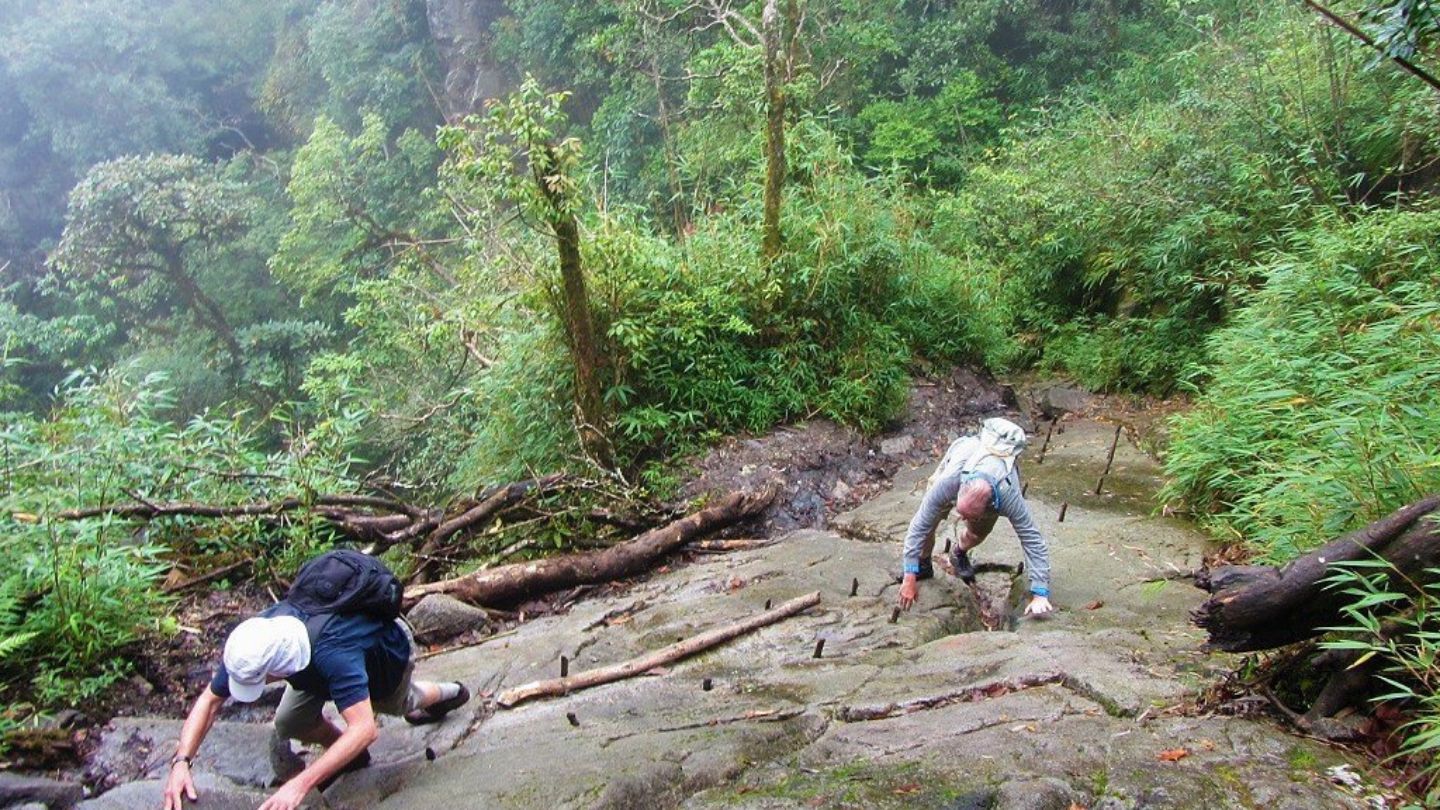
Fansipan Mountain in Vietnam offers a range of hiking trails, catering to various skill levels. Below are some recommended routes to explore:
- Tram Ton Pass: This is the most popular trail, and it is frequently picked by many travelers. It takes more than 11 kilometers from Tram Ton to the peak. This trail usually treks within 1 or 2 days.
- San Sa Ho – Ban Sin Chai: For a moderate challenge, embark from San Sa Ho – Ban Sin Chai at 1260 meters. Although this is the fastest way to Fansipan Mountain, it is not popular because it is easy to get lost (even for natives). Although the distance is only about 9 kilometers, it could take you 2 – 3 days to complete them!
- Cat Cat Village: Compared to the two paths to Fasipan mentioned above, the route to Cat Cat hamlet is the longest, covering up to 20 kilometers. It is also the steepest and most challenging of the three routes. You will have to traverse across continuously changing terrain and face difficult challenges. As a result, this path is best suited to experienced trekkers. Travel time will be approximately 3 – 4 days.
Some Fansipan trekking experiences
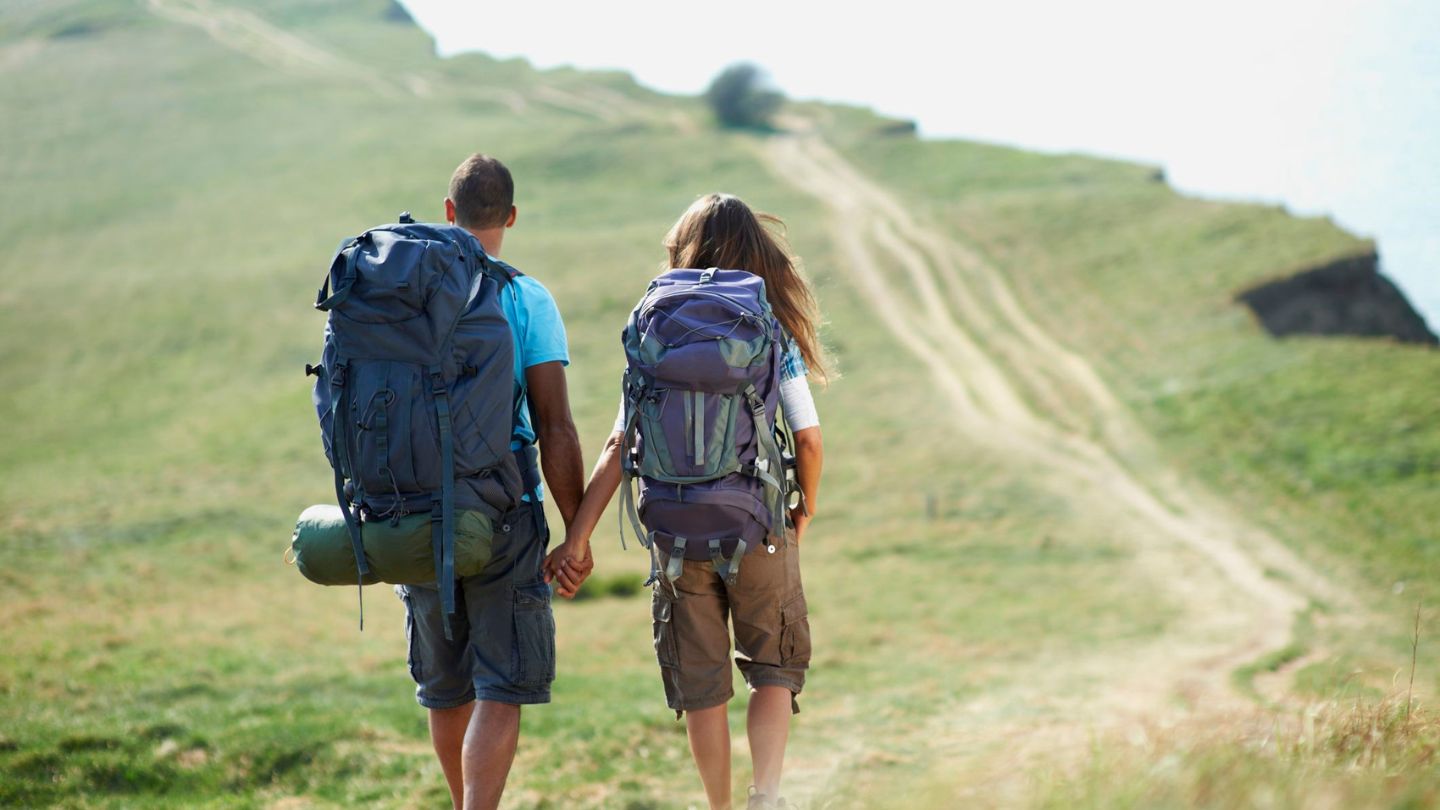
The answer to the question: “Is Fansipan hard to climb?” is diverse. For the best Fansipan mountain climbing tour, you’ll need the following experience:
Prepare exercise and psychological before going trekking
This is essential for any trip, especially mountain climbing. Especially conquering high peaks like Fansipan. To have good health and endurance when climbing, you should spend 30 – 60 minutes a day exercising. For example, jogging or rock climbing. Besides, the mental factor is also very important. Because the journey of conquest is very tiring and difficult, there will be times when you want to give up.
Make a specific schedule and contact the porter
These are 2 critical considerations before the journey. A set timetable will give you more peace of mind. To ensure safety when conquering Fansipan, hire a local porter. The goal is to take the initiative and deal with any unexpected events that may happen during the schedule. Most of the porters here are Mong people who speak Kinh and are familiar with the area.
Bring necessary luggage
- Balo: You should get a moderate backpack that can hold 3 – 4.5 kg. Straps on the chest and abdomen secure the backpack to the body. Avoid misalignment, slipping, and obstructing others moving behind you.
- Shoes: You should use specialist climbing shoes. If you don’t have one, opt for sports shoes with thick, soft soles, high ankle collars, decent friction, traction on the ground, water resistance, and perspiration absorption. Shoes, in particular, must suit your feet; too loose will cause you to slip when moving, while too tight will harm your feet.
- Clothes: Bring clothes that are sweat-absorbent, stretchy, and breathable. If you go in March-April, wear summer clothes. In addition, bring a warm jacket in case the weather unexpectedly turns chilly. If you go between October and December, dress warmly and carry sweaters, heat-resistant shirts, and heavy jackets.
- Climbing sticks: When you get tired, your trekking poles can act as a fulcrum. You can purchase a customized stick or temporarily cut a bamboo tree along the road. However, it is preferable to preserve the beauty of the mountains and forests, therefore purchase a specialist stick to bring from home.
- Other items: Phone, spare change, camera, raincoat, broad-brimmed hat, multi-purpose folding knife, lighter, flashlight, rope, medicine, high-calorie food, notebook, binoculars… if you are a backpacker you will need a sleeping bag and a tent. It is unnecessary if you are going on a tour.
Top must-see experiences in Fansipan Mountain
Here are the top must-see experiences at Fansipan Mountain! From breathtaking views to thrilling hikes and rich cultural encounters, this stunning destination offers something for every adventurer. Let’s explore!
Explore a complex of sacred spiritual attractions
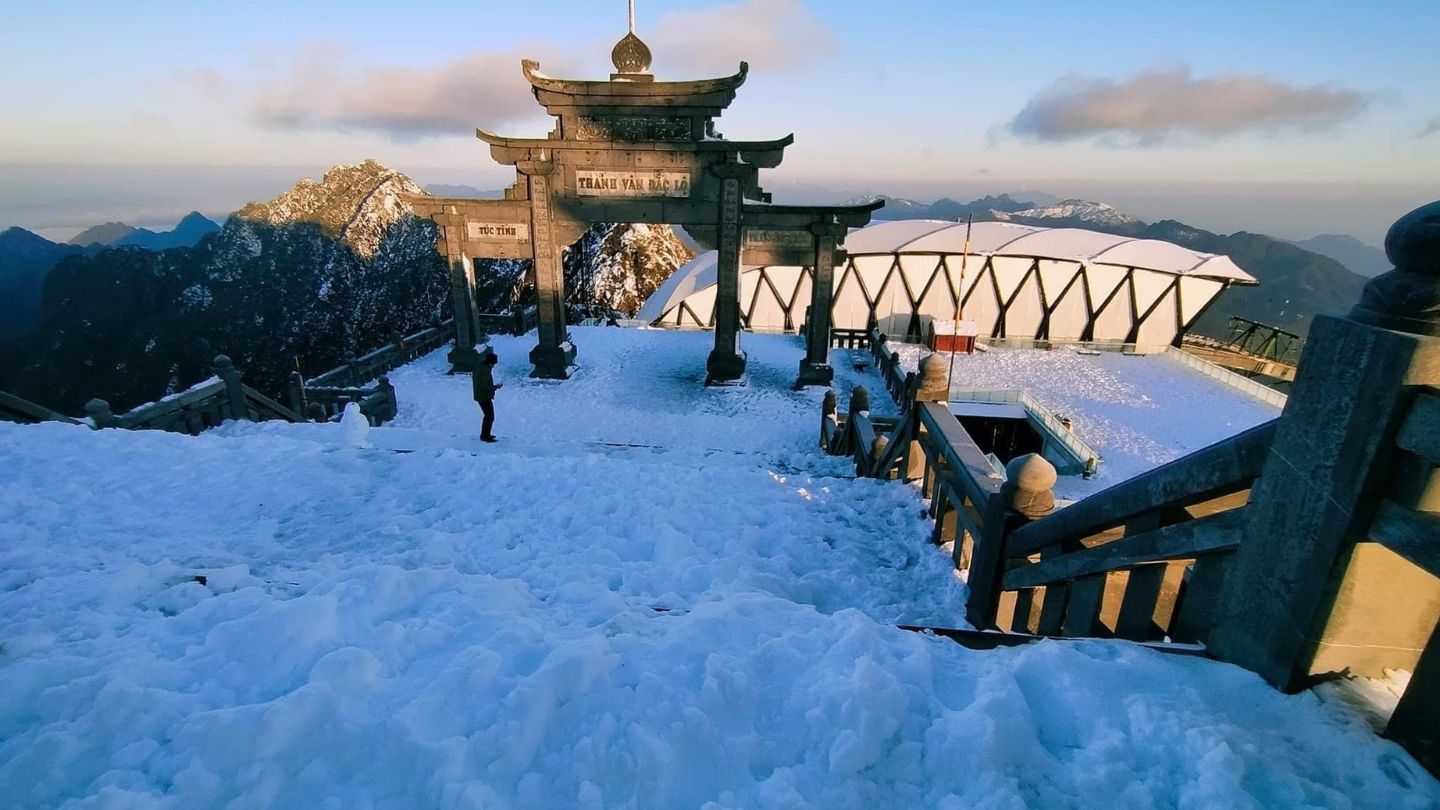
Fansipan Mountain isn’t just a breathtaking natural marvel but also holds immense cultural and spiritual significance in Vietnam. Here are some must-visit spiritual attractions:
- Thanh Van Dac Lo: stands as a spiritual oasis, supported by four monolithic marble pillars and inspired by the architectural style of the Ly Dynasty. From here, visitors can take in the expansive landscape of the surroundings.
- The Great Buddha Statue, perched atop Fansipan Mountain, stands at an impressive 21 meters tall, crafted from bronze and facing southward to overlook the breathtaking vistas of Sapa.
- Bich Van Zen Monastery adjacent to the Great Buddha Statue, offers a serene sanctuary for meditation amidst its graceful architecture and tranquil surroundings.
- Grand Belfry lies on the opposite side of the Bich Van Zen Monastery and is a majestic five-story tower housing bells that ring at fixed intervals, filling the air with a serene melody that resonates throughout the mountains.
- The Stupa rises 11 stories high, adorned with stone cladding and a copper lotus-shaped finial, symbolizing significant Buddhist ideals and serving as a revered religious icon in Sapa.
Enjoy Muong Hoa funicular rides
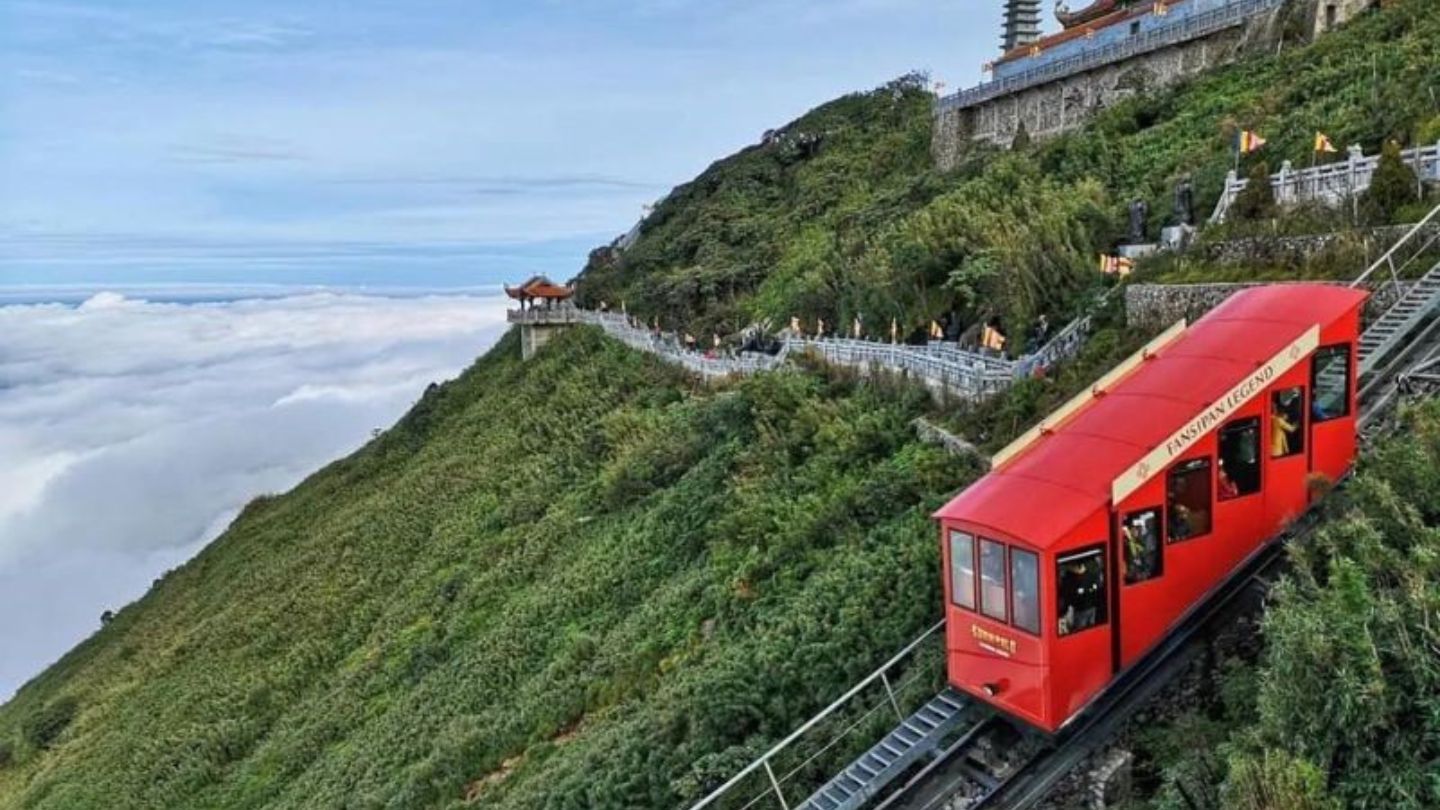
For an unforgettable experience on the Fansipan Mountain Journey, take advantage of the Muong Hoa funicular ride, a scenic 6-minute journey from Sapa Town to the cable car station. This modern marvel boasts cutting-edge technology and safety features, accommodating up to 2,000 passengers per hour. As you ascend, soak in breathtaking panoramic views of Muong Hoa Valley, tranquil villages, and terraced rice fields, while enjoying the crisp mountain air and natural splendor.
Take beautiful photos at Fansipan peak
Many visitors consider snapping a selfie at the Fansipan summit an essential part of their experience. As the highest peak in Indochina, reaching the summit is a significant accomplishment worth documenting. The panoramic vistas of the mountains and valleys create a stunning backdrop for an unforgettable photo, perfect for commemorating and sharing the experience. However, safety should always be a priority when taking selfies at the summit.
*Note: Climbers on Fansipan Mountain, Vietnam’s highest peak, face challenges like altitude sickness and blisters from long hikes. The adventure includes rock scrambling, so good climbing gear and a helmet are essential. Despite these difficulties, enthusiasts find each ascent to this stunning mountain deeply rewarding.
Conclusion
The question “Is Fansipan hard to climb?” depends on one’s perspective and preparation. While the ascent presents formidable challenges, including steep terrain and unpredictable weather, the reward of reaching its summit is immeasurable. With careful planning, physical training, and a resilient spirit, climbers can overcome difficulties and experience the awe-inspiring beauty of Vietnam’s tallest peak firsthand.


